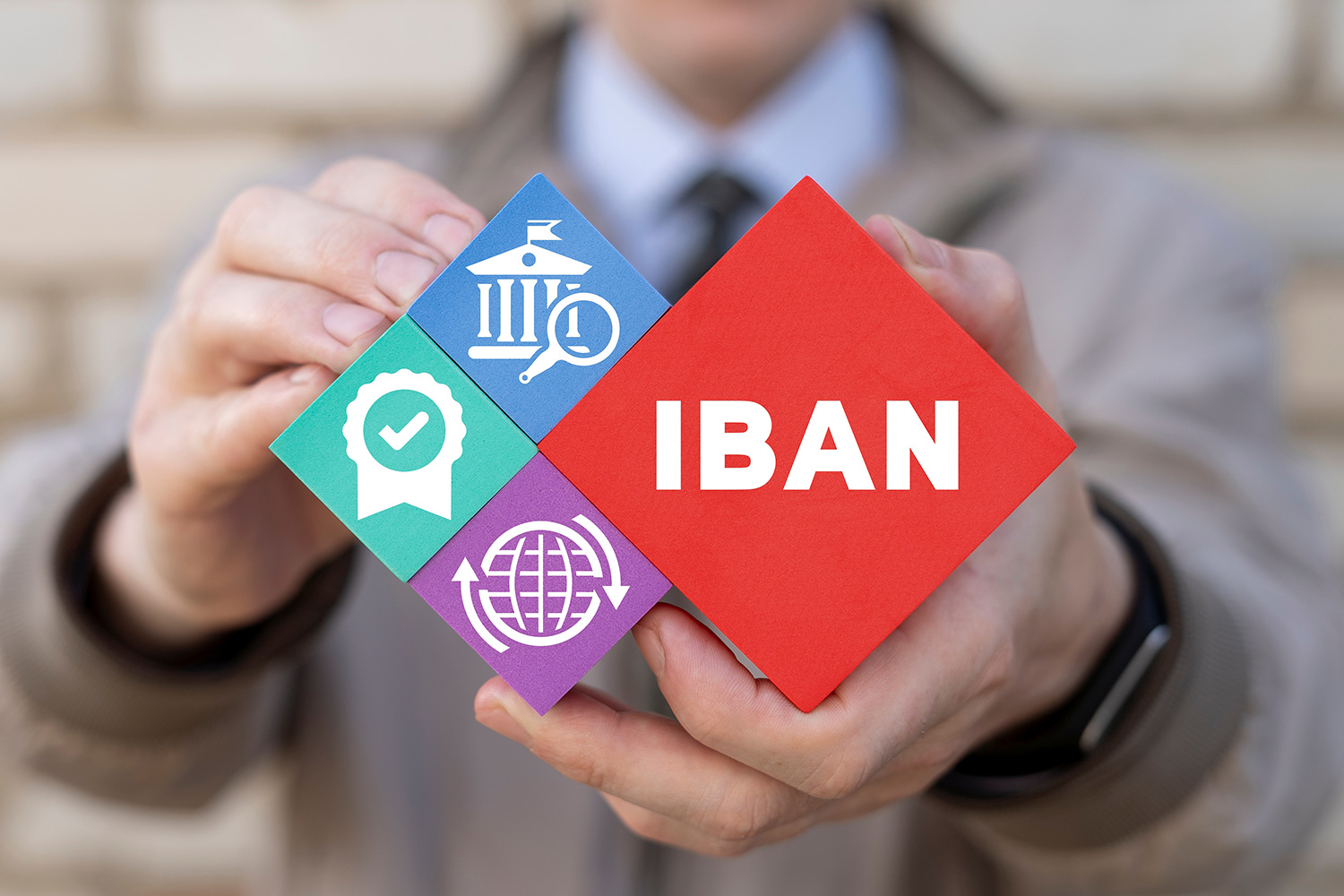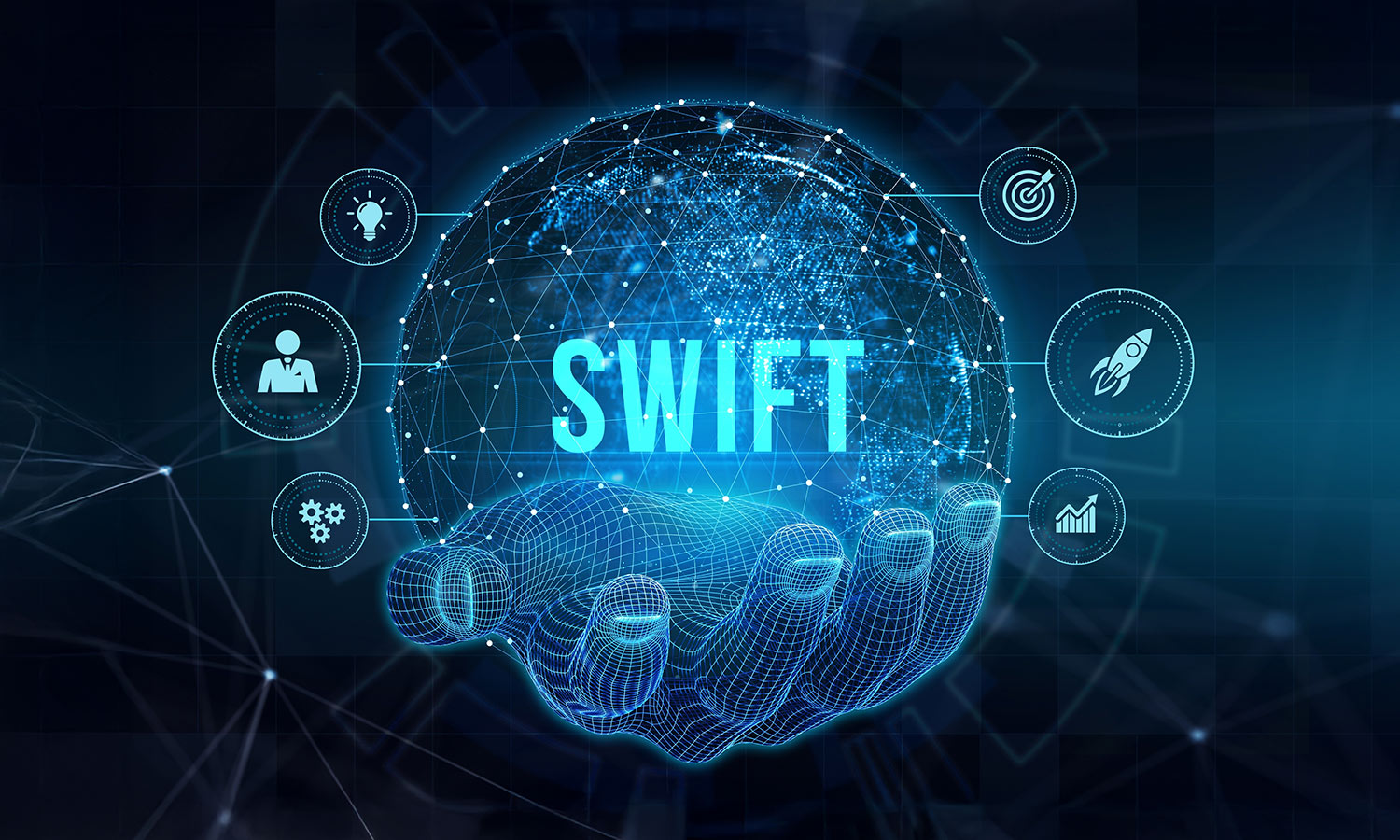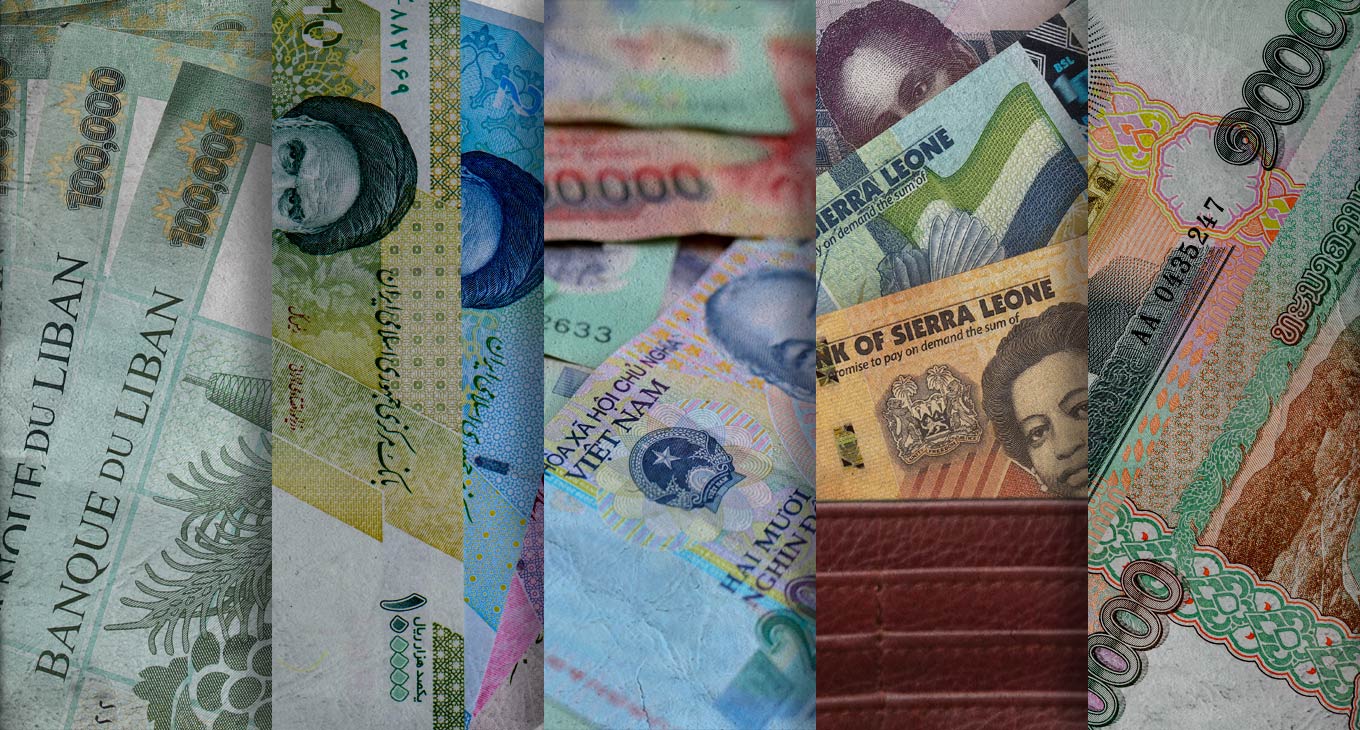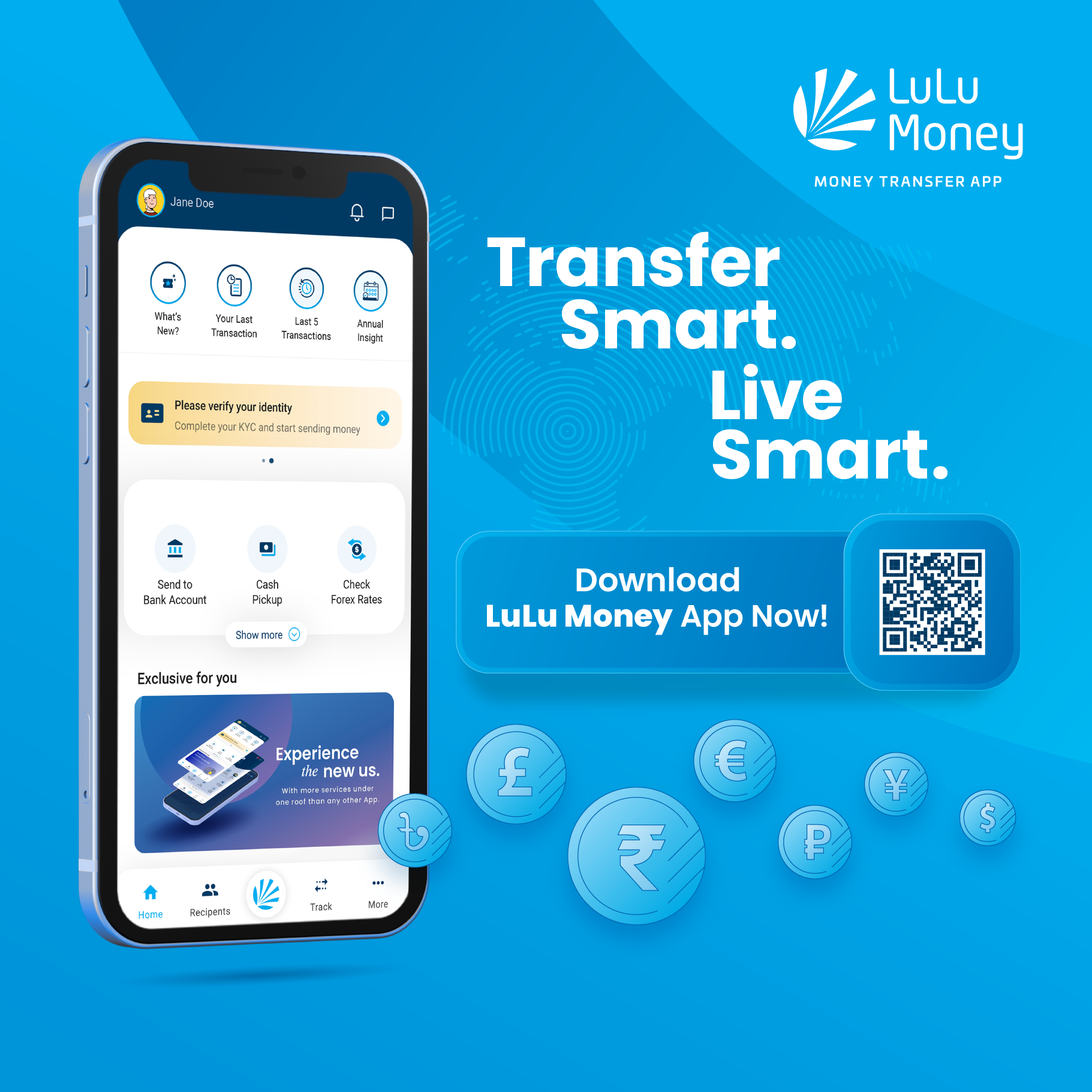

Disclaimer: The following article is intended for educational purposes. LuLu Exchange does not currently offer Web3 or blockchain-based products or advice.
The landscape of cross-border payments is undergoing a transformative shift with the advent of Web3 remittances. By leveraging blockchain technology, Web3 remittances provide a faster, cheaper, and more accessible alternative to traditional methods, which are often bogged down by high fees, slow processing times, and reliance on intermediaries. This innovation is particularly impactful for underserved populations, offering them seamless and cost-effective ways to transfer funds across borders.
How Web3 Remittances Work
Web3 remittances operate on blockchain networks, enabling users to send cryptocurrencies or stablecoins directly to recipients in other countries. The process begins with the sender converting their local currency into digital assets. Using a Web3 wallet or a dedicated remittance platform, they initiate the transfer, which is then broadcast to the blockchain network for validation.
Validators, acting as nodes within the blockchain, confirm and approve the transaction, ensuring its security and transparency. Once the transaction is validated, the recipient receives the digital assets directly in their wallet. From there, they can either convert the assets into local currency or use them directly where cryptocurrencies are accepted.
This efficient process eliminates the need for intermediaries, significantly reducing costs and processing times. Blockchain’s immutable nature ensures that every transaction is securely recorded, fostering trust and reliability.
Platforms Leading the Web3 Remittance Revolution
Several platforms are at the forefront of this transformation, leveraging unique capabilities to enhance cross-border payments. Stellar, a blockchain network known for its speed and low transaction costs, partners with local financial institutions to offer seamless fiat on/off ramps. Celo takes a mobile-first approach, utilizing stablecoins to facilitate remittances with the simplicity of a phone number.
In Latin America, Bitso stands out by utilizing the XRP ledger to streamline remittances between the United States and Mexico. These platforms demonstrate the versatility and adaptability of Web3 remittances, catering to a diverse range of user needs.
The Unique Features of Web3 Remittances
Web3 remittances stand out for their ability to address the inefficiencies of traditional remittance systems. Transactions are processed in near-real time, often completing within minutes. This speed is complemented by significantly lower fees, making cross-border payments more accessible to users from all economic backgrounds.
By leveraging stablecoins, Web3 remittances minimize the impact of cryptocurrency market volatility, ensuring value stability for recipients. Blockchain’s transparency and traceability further enhance trust, as every transaction is verifiable and secure. The accessibility of Web3 remittances also extends financial services to the unbanked, fostering greater financial inclusion worldwide.
Benefits for Senders and Recipients
The advantages of Web3 remittances extend to both senders and recipients, redefining the cross-border payment experience. For senders, cost savings are a major highlight, with significantly reduced fees compared to traditional methods. The ability to send even micro- transactions affordably opens up new possibilities, especially for individuals supporting families in other countries.
Recipients benefit from faster access to funds, which are often available within minutes. The enhanced privacy offered by Web3 remittances also appeals to users concerned about data security. Beyond immediate transactions, these platforms provide opportunities for users in underbanked regions to access additional financial services like savings and investments, fostering long-term economic empowerment.
Addressing Challenges in Web3 Remittances
While Web3 remittances offer substantial benefits, certain challenges must be addressed for broader adoption. Regulatory compliance remains a significant hurdle, as varying laws across countries create complexities for platforms. Cryptocurrency volatility, though mitigated by stablecoins, still presents a barrier for some users.
User education is another critical factor, as many individuals are unfamiliar with how Web3 remittances work. Onboarding efforts and simplified interfaces will be essential to overcoming this obstacle. Additionally, limited acceptance of digital currencies in some regions restricts the utility of these platforms, while the risk of misuse, such as money laundering, underscores the need for robust monitoring mechanisms.
The Future of Web3 Remittances
The evolution of Web3 remittances promises a future where cross-border payments are easier, faster, and more affordable than ever. Improved integration with local financial systems and broader use of stablecoins pegged to various fiat currencies are expected to enhance accessibility and stability.
User-friendly platforms with intuitive interfaces will make Web3 remittances accessible to a broader audience, bridging the gap for those unfamiliar with blockchain technology. As these platforms mature, their impact on the $700 billion global remittance market is poised to be transformative, fostering efficiency, inclusivity, and accessibility for millions of people worldwide.
Web3 remittances are more than just a technological innovation—they represent a new chapter in global financial connectivity. By eliminating traditional barriers, they empower individuals and communities, offering a glimpse into a future where sending money across borders is no longer a cumbersome process but a seamless and inclusive experience.
Popular BLOG

November 12, 2025
Why Does the US Dollar Hold the Key to Global Exchange Rates?

October 31, 2025
Best Time to Send Money From UAE to India

October 10, 2025
How to Identify Fake Money Transfer Scams

September 25, 2025
The Ripple Effect: When Everyday Choices Echo Far & Wide

October 6, 2025
WPS in UAE: Everything Employers and Employees Should Know

September 19, 2025
How AI Will Impact Money Transfer in the Future

September 10, 2025
What is IBAN Number? How to Find & Use IBAN

September 2, 2025
What Is a SWIFT Code and Why Do You Need It?

August 25, 2025
World Currency Symbols, Explore All Country Currency Symbols

August 7, 2025

